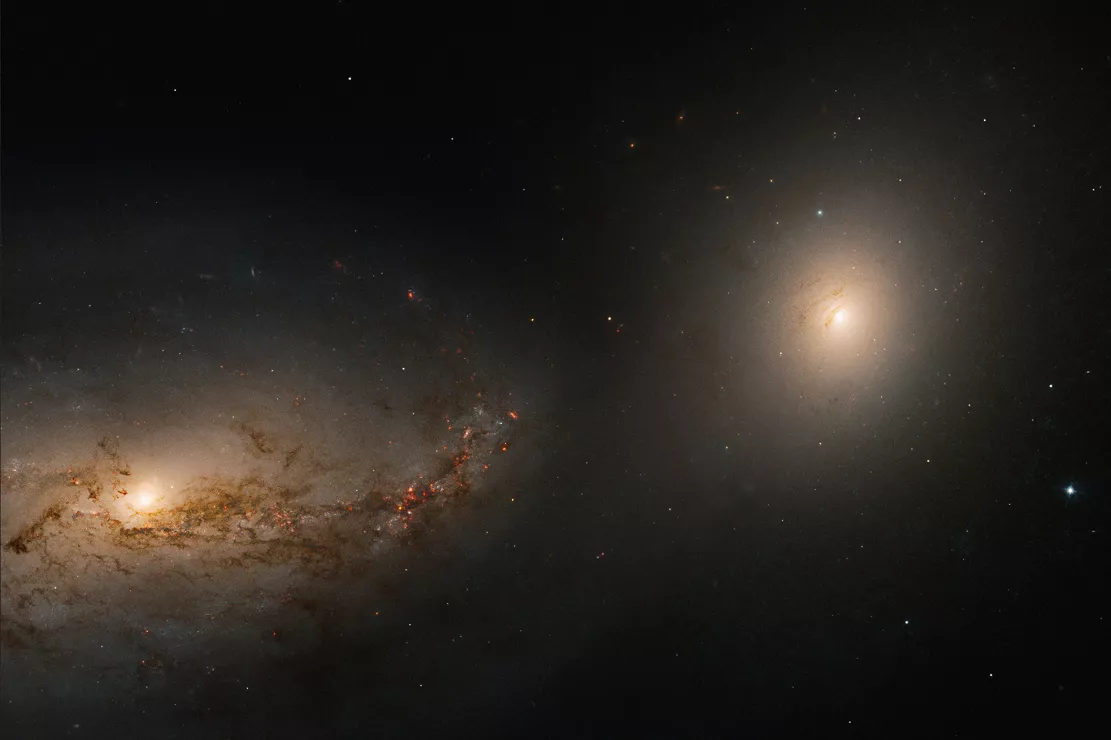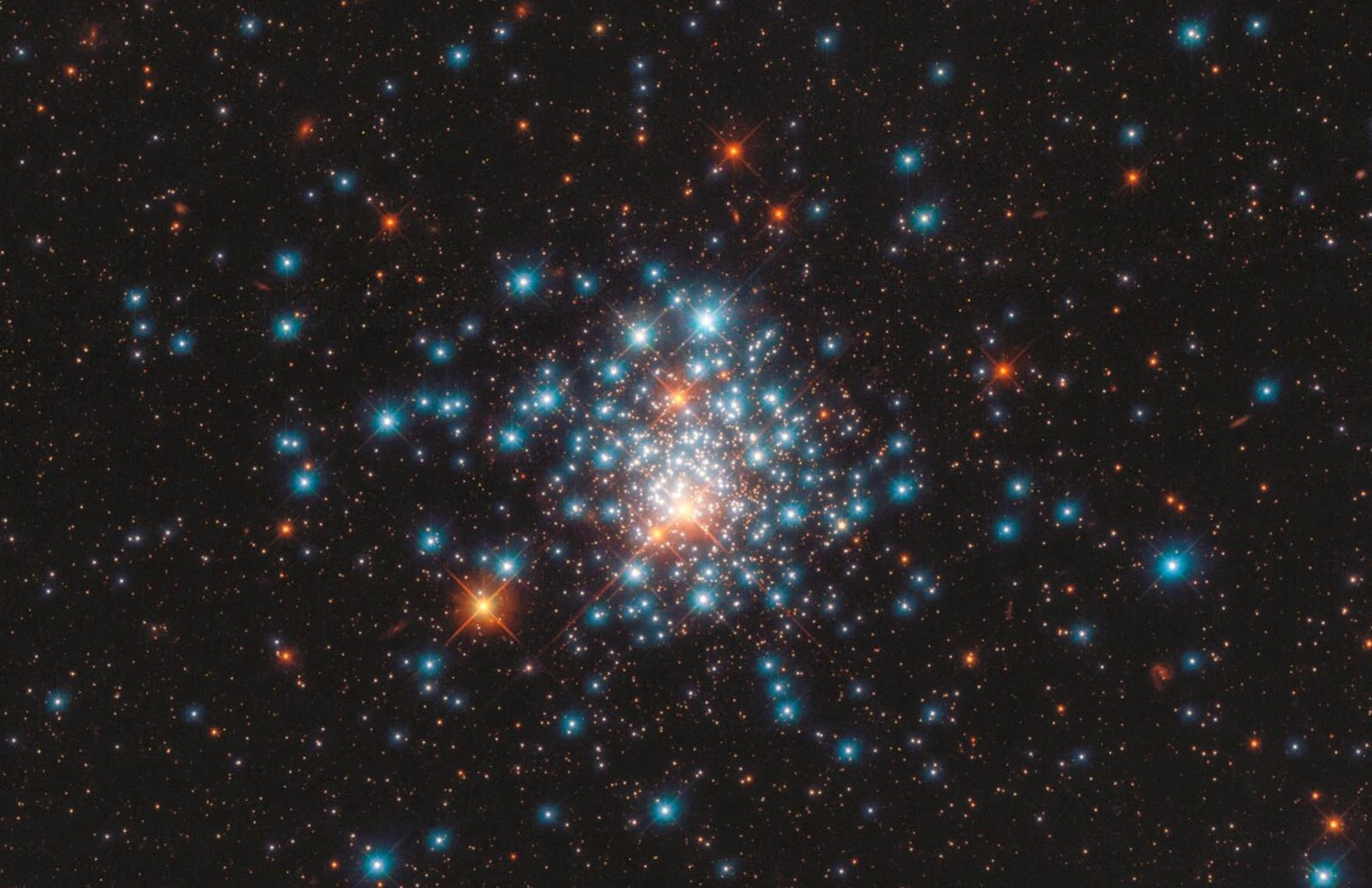Although the James Webb Space Telescope is in place and will begin observation this summer, Hubble is not eclipsed. The nearly 30-year-old Space Telescope recently captured two galaxies locked together and dancing. NASA shared this picture this week.

The two galaxies in the above image are NGC 3227 and NGC 3226. The two galaxies, more commonly known as ARP 94, can be found about 50 to 60 million light-years from earth. It can be seen that the weak tidal flow of gas and dust makes the two galaxies locked in each other and dance together.
This is a spectacular image, which reminds us once again how many unique galaxies form outside. NASA said Hubble captured these images as part of a study to measure the mass of black holes. Its purpose is to measure the mass of galactic black holes by observing the dynamics of the central gas.
You can see NGC 3227 galaxy on the left. It is a huge spiral galaxy called Seyfert galaxy. Like our Milky Way galaxy, it has a supermassive black hole at its center. On the right is NGC 3226, an elliptical galaxy that NASA believes has previously swallowed up a third Galaxy in the region.
Although the two galaxies are locked and dancing together, scientists are also very interested in the formation of stars in NGC 3226.

NASA said NGC 3226 should be making new stars because all the energy and debris of the previous Galaxy entered it directly. But according to a 2014 study, this does not seem to be the case here.
Even if the two galaxies are locked in a dance and NGC 3226 continues to get food from old energy, its star formation rate is very low. Instead, it appears that the material falling into NGC 3226 is colliding with gas from other galaxies. As a result, NASA says it is curbing the formation of new stars rather than providing them with fuel.
This is an interesting discovery and will only raise more questions about how galaxies form new stars. NASA believes that NGC 3226 is currently transitioning from a younger, more active galaxy (known as the "blue" Galaxy) to an older "red" galaxy.
NASA plans to continue studying the "Galaxy dance" to get more clues about the transition from young galaxies to older galaxies. And people at NASA's Herschel Science Center believe that one day it may start forming stars again.